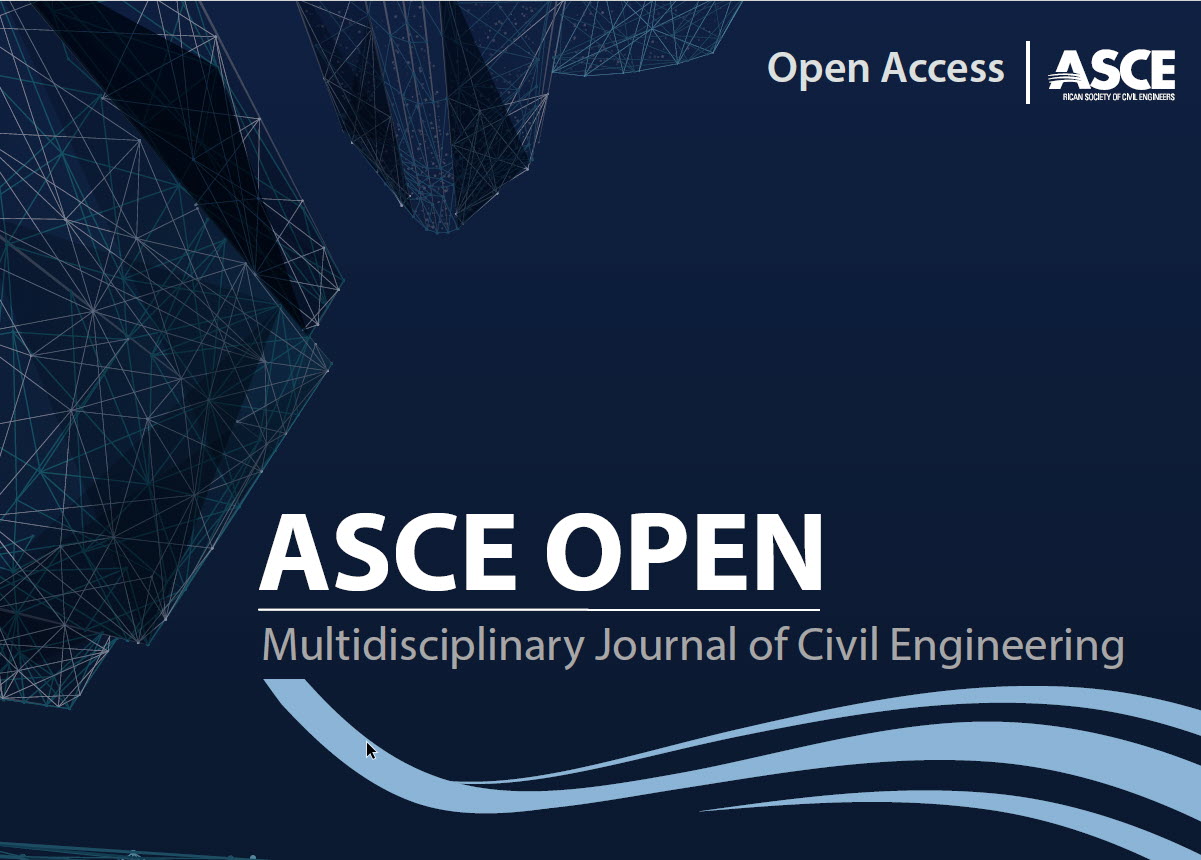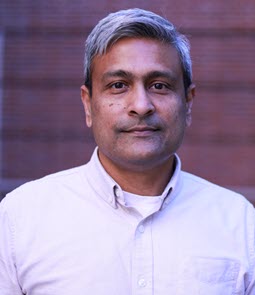
It’s been about a year and a half since ASCE launched its first open-access and first multidisciplinary journal – ASCE OPEN began accepting submissions Jan. 4, 2023 – and already it has secured a reputation as a go-to resource for cutting-edge multidisciplinary research.
Editor-in-chief, Ertugrul Taciroglu, Ph.D., F.EMI, has led the journal from the start. It’s growing quickly, too. ASCE OPEN has already published as many technical articles (eight) in 2024 as it did in all of 2023.

There is a new special collection on climate-resilient structures, as well as calls for papers right now for forthcoming collections on flood risk and the 2023 Turkey-Syria Earthquakes.
Taciroglu has showcased some new researchers in ASCE OPEN while also highlighting some established names in ASCE Publications. Bilal Ayyub, Ph.D., P.E., F.SEI, Dist.M.ASCE, former editor of the ASCE-ASME Journal of Risk and Uncertainty in Engineering Systems; Michael Beer, Ph.D., M.ASCE, current editor of the Journal of Risk and Uncertainty; and Sriram Narasimhan, Ph.D., P.Eng, F.ASCE, editor of the ASCE Journal of Bridge Engineering, have already published papers in ASCE OPEN.
Narasimhan recently spoke with Civil Engineering Source about ASCE OPEN, why he published his research there, and why he calls it “the start of the future.”
Civil Engineering Source: What was the appeal for you to publish your work in ASCE OPEN?
Sriram Narasimhan: I think it’s a very timely journal because it focuses on interdisciplinary research. The paper that we published is very interdisciplinary; it brings the advancements in civil engineering and advancements in computer vision together and synthesizes them to solve a problem.
That integration is so central to what this journal is about.
So, when we were looking for a proper journal to submit to, we could have picked from several. But we thought that ASCE OPEN was ideal because a) it was ASCE, which has brand value; and b) this journal is targeting papers like ours.
So those are two big reasons why we chose ASCE OPEN.
Source: Why do you feel like an open-format journal like this is so important for the industry right now?
Narasimhan: Open journals, open science – I think these things go hand in hand.
A lot of really good work – that’s paid for by taxpayers – stays behind paywalls. So funding agencies over the last several years have been gently nudging and now often requiring that you publish articles to open-to-public journals.
So we could choose an appropriate ASCE journal, pay the open-access fee, and do it. But I think having this published in an open-access-only journal makes it even more transparent from day one that this work is going to be made freely open to the public.
Also, ASCE being ASCE, and this being ASCE OPEN, we know that the peer-review quality will be of the highest standard. So, it is very important to have publishing venues that are open but also go through the same rigor as a regular ASCE journal.
Source: So more than a year after its launch, what do you see that ASCE OPEN is doing well so far?
Narasimhan: A lot! I mean, if you just look at the diversity of topics, right?

We all talk about interdisciplinarity, and if you just look at a few papers, it goes from climate change adaptation to computer vision applications to equity applications. I cannot think of another journal that brings these truly interdisciplinary and multidisciplinary perspectives, all looking at challenges related to civil engineering.
I think this is the start of the future.
A lot of great research addressing the grand challenges of our time is going to be interdisciplinary. And when you are doing interdisciplinary or multidisciplinary research, the challenge is always finding the right venue in which to publish.
I think this journal has really, but in my opinion at least, even exceeded my expectations – looking at just the quality and the diversity of topics that are getting submitted. That is really what my takeaway message is after a year.
Start reading ASCE OPEN today.
ASCE also offers an APC-waiver program to support authors looking to publish in ASCE OPEN. Researchers interested in applying for funding waivers to publish in ASCE OPEN qualify based first on their geographic location and second on their potential access to other funding sources. If authors qualify on both counts, they can submit an Open Access Waiver request.



